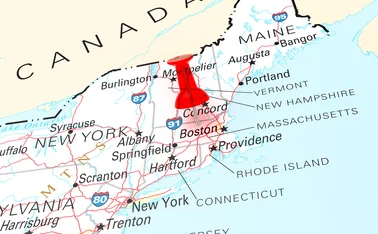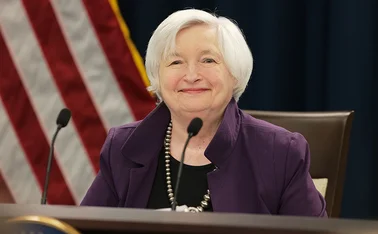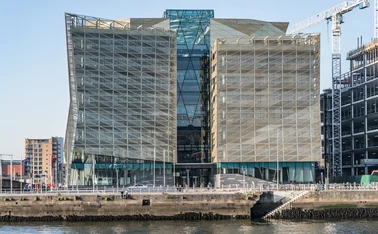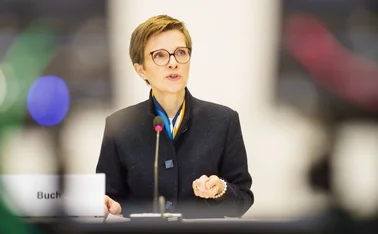
Robert Pringle's Viewpoint: Watch what central bankers do, not what they say
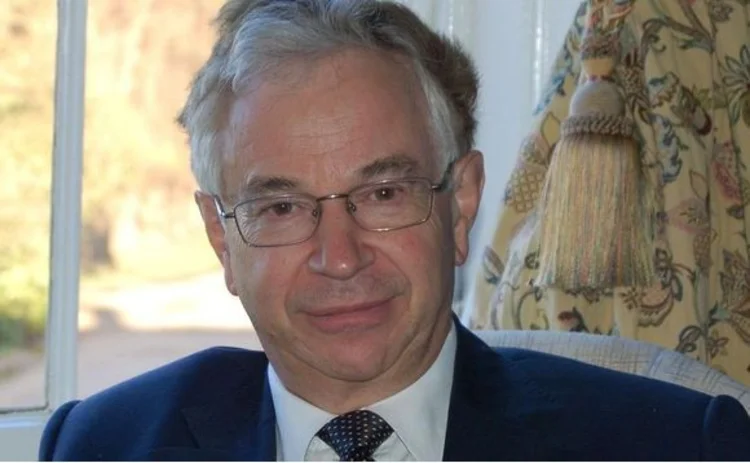
The challenge to central bankers remains unchanged: how to support economic recovery while showing that they have learnt lessons from the global financial crisis. Governments, business and markets need to be assured of two things: central banks will not tolerate a return to high-risk, unsound banking practices; and that any action they take will not jeopardise the economic recovery.
This may be likened to driving a car in the dark with one arm tied behind your back while telling your passengers that you know exactly where you are going and will deliver them safely to their destination. The ‘passengers' have reason to be nervous. "After all," as Federal Reserve chairman, Ben Bernanke, frankly acknowledged, "neither the Federal Reserve nor economists in general predicted the past crisis".
Indeed, Bernanke and Bank of Canada governor Mark Carney are among the central bankers who now recognise that the long period of low inflation engendered risks in the build-up to the crisis. The change at this stage is, admittedly, one of emphasis, but it adds up to a new approach.
"It may be that prolonged economic stability is a double-edged sword," said Bernanke. "To be sure, a favourable overall environment reduces credit risk and strengthens balance sheets, all else being equal, but it could also reduce the incentives for market participants to take reasonable precautions, which may lead in turn to a build-up of financial vulnerabilities."
Far from denying that the central bank can identify bubbles in advance, which I take to be traditional Fed doctrine, Bernanke now talks with apparent enthusiasm about the means the Fed is using to identify and address potential triggers of instability, such as "indications of an asset bubble". These include stress testing, ‘network analysis', monitoring the role of broker-dealers in the build-up of leverage in shadow banking, and how the system would respond to the failure of a broker dealer.
The Fed - and other central banks including the Bank of England - was "watching" last time, in 2004-07, and it didn't act
Monitoring systemic risk
The Fed is monitoring trends in asset markets with special attention to leverage and the degree of maturity mismatch. More generally, Bernanke acknowledges "excessive growth in credit and leverage in the private non-financial sector as potential indicators of system risk". In sum, the Fed is "moving towards a more systemic approach that also pays close attention to the vulnerabilities of the system as a whole".
Carney goes further: "In retrospect, it appears likely that monetary policy would ideally have leaned against growing domestic financial imbalances in the pre-crisis period, thereby mitigating the eventual fall. At the very least, explicit consideration of the role that monetary policy itself was playing in the build-up of imbalances would have been cause to lean... Central bankers overestimated their ability to stabilise inflation and output."
Immediately, these statements raise two questions: First, are the central bankers at risk of promising too much again? Second, what will they do differently this time?
They face several dilemmas. One is that the more convincing their claims new tools will enable them to detect vulnerabilities in advance, and take timely action, the greater the incentive on market participants to take excessive risks, on the grounds that the authorities will take care of macro risks. Then there is the problem that some central banks – including the Fed and the Bank of England – always have had responsibility for monitoring financial instability. So what's new? Thus the next dilemma is this: if they say or imply they will take action earlier against the build-up of imbalances, what action will be taken, and when? Will they really walk the walk, not just talk the talk?
Bernanke tries to reassure the public without committing the Fed to use monetary policy, or indeed take any action, to lean against a bubble. He emphasises that the Fed "has always paid close attention to financial markets" for both regulatory and monetary policy purposes. However, "in recent years", the Fed's Office of Financial Stability Policy and Research has greatly increased its resources and taken "a more systematic and intensive approach". This supports the shift in financial regulation and supervision toward a more macro-prudential, or systemic, approach. This intelligence is fed into the work of the new Financial Stability Oversight Council (FSOC), a highly politicised body chaired by the Treasury Secretary, which includes the heads of federal and state regulatory agencies.
On asset markets, the Fed chairman did venture a warning: "In light of the current low interest rate environment, we are watching particularly closely for instances of ‘reaching for yield' and other forms of excessive risk-taking, which may affect asset prices and their relationships with fundamentals."
But the Fed – and other central banks including the Bank of England – was "watching" last time, in 2004–07, and it didn't act.
Sins of omission
Looking back, Mark Carney now openly admits to central banks' sins of omission:
"The combination of the central bank's silence over the existence of a possible bubble, the certainty that it would not respond to emerging financial pressures, and the expectation that it would mop up if the bubble burst all conspired to exacerbate the crisis." (italics added)
Disarmingly, Carney says the ‘leaners' appear to have won the debate with the ‘cleaners': "Relative to the previous consensus, the lean versus clean debate now appears to be, at the very least, more finely balanced, if not tipping in favour of pre-emptive leaning (depending of course on the stance and effectiveness of macroprudential policy)."
But nobody should jump to the conclusion that leading central bankers really are preparing to use monetary policy to ‘lean' against a bubble this time. Against the broader political background, it is totally unrealistic to expect them to raise interest rates when unemployment remains high, inflation low and bubble-blowers such as economist Paul Krugman are saying they don't need to worry about inflation for years to come (remember Krugman in 2002 called for former Federal Reserve chairman Alan Greenspan "to create a housing bubble to replace the Nasdaq bubble". This was, he argued, the way to "fight this recession"). They would have to convince the public and their governments that the prolonged period of ultra-low rates and quantitative or credit easing (‘MP plus', to use the IMF's term) is having adverse effects on the real economy, and that the build-up of financial imbalances and risky activities by banks will bring about a new financial crash unless action is taken. At present, central bankers don't "see" asset bubbles as posing a danger to their domestic economies.
Far-reaching implications
Thus, the outlook is for continuation of highly liquid markets and even more aggressive action to pump liquidity into the system, with the ever-present risk of asset and currency bubbles, and the dangers of ‘sudden stops' as investors' risk appetite fluctuates.
Countries with large current account deficits, such as India, are well aware their current relatively easy access to finance may change suddenly. Economies of countries like Australia, Canada, Israel and China (including Hong Kong) are among those in the firing line.
Even the eurozone will be greatly affected, through capital flows and the euro-US dollar exchange rate. But central bankers, being a loyal bunch, tend to say they would rather see the Fed supporting recovery at home in the US, even if it causes problems for other countries, rather than reduce the stimulus.
Thus global financial conditions will remain hostage to the outcome of debates in the major centres. Central banks of many emerging markets and smaller developed economies are being armed with macro-prudential toolkits that will help them protect their economies and financial markets to some extent. But such actions can only be palliative.
As the IMF put it in its April, 2013, Global Financial Stability Report (page 14): "...the potential spillover effects of MP-plus to other economies are important. MP-plus could affect financial stability in liquidity-receiving economies via three main channels: excessive currency movements, domestic asset price bubbles, and sudden stops once the global liquidity is unwound."
I side with those who believe continued manipulation of interest rates such as central banks have been doing is damaging the real economy. As Stanford University professor of international economics Ronald McKinnon argues, ultra-low interest rates in the US have been an obstacle to the flow of funds to SMEs, though blocking the inter-bank market. He says the Fed should raise rates to 2% (see 'When is a monetary ‘stimulus' not a stimulus', Central Banking, Vol XXIII, Number 4, May 2013). In the UK environment, there is much to be said for the views of former Bank of England Monetary Policy Committee (MPC) member Andrew Sentance, who believes the MPC should do more to emphasise that it will have to move away from the existing low-rate environment.
If you are an optimist who believes central banks have learnt lessons from the last episode and will stop emerging bubbles earlier, you could interpret the speeches by Bernanke and Carney as evidence they are preparing opinion for a rise in rates. The risks of financing more bubbles in global credit, currency and asset markets and of causing widespread misallocation of resources through manipulation of long-term rates, sowing the seeds of yet another financial collapse, would justify such action. But it is not going to happen.
Central bankers believe, in essence, that they are forced to stimulate the economy through monetary policy in the face of austerity-driven fiscal policies. Yes, it is an impossible task, fraught with potential for bubbles and other kinds of trouble, so they make speeches warning markets and the public about the dangers. But they believe they have no choice but to follow the accommodative course they've set. It is their legislated mandate, and to do otherwise would likely be even more threatening to their political independence. They are under siege as it is; to join the austerity brigade in the face of the weak growth economy they face for the foreseeable future would be an impossible communications challenge.
Thus, central bankers issue ambiguous statements about their concerns, but the paramount issue has to be the potential for a further round of decline – as happened for example in the US in 1937. In short, central bankers remain trapped in a cycle of decay like the rest of us.
Only users who have a paid subscription or are part of a corporate subscription are able to print or copy content.
To access these options, along with all other subscription benefits, please contact info@centralbanking.com or view our subscription options here: subscriptions.centralbanking.com/subscribe
You are currently unable to print this content. Please contact info@centralbanking.com to find out more.
You are currently unable to copy this content. Please contact info@centralbanking.com to find out more.
Copyright Infopro Digital Limited. All rights reserved.
As outlined in our terms and conditions, https://www.infopro-digital.com/terms-and-conditions/subscriptions/ (point 2.4), printing is limited to a single copy.
If you would like to purchase additional rights please email info@centralbanking.com test test test
Copyright Infopro Digital Limited. All rights reserved.
You may share this content using our article tools. As outlined in our terms and conditions, https://www.infopro-digital.com/terms-and-conditions/subscriptions/ (clause 2.4), an Authorised User may only make one copy of the materials for their own personal use. You must also comply with the restrictions in clause 2.5.
If you would like to purchase additional rights please email info@centralbanking.com test test test


